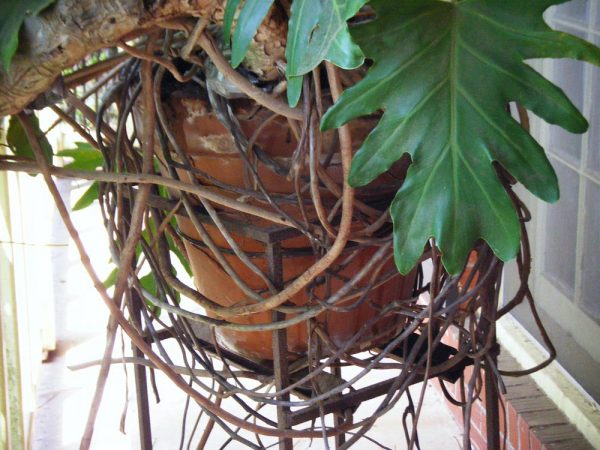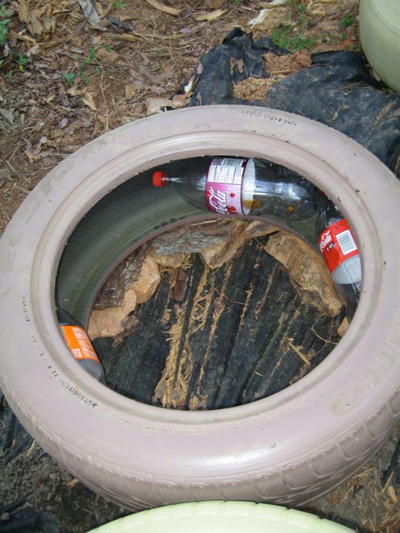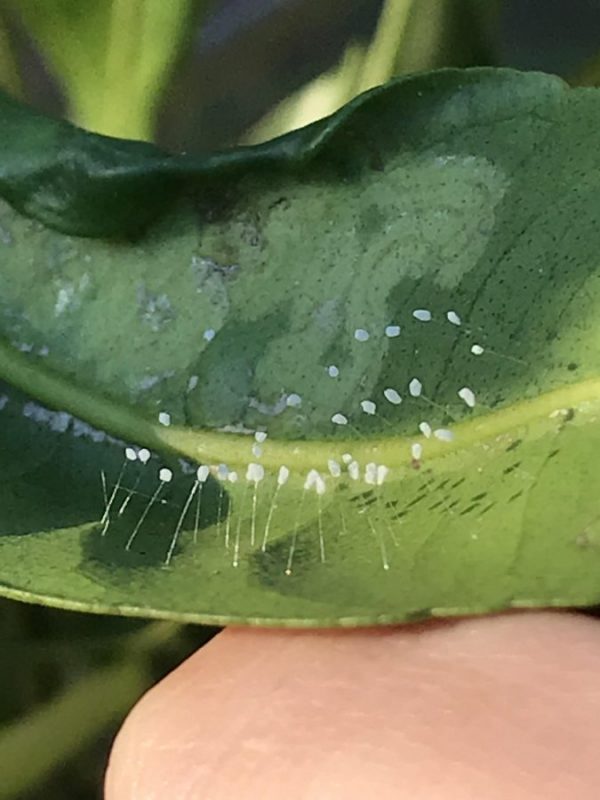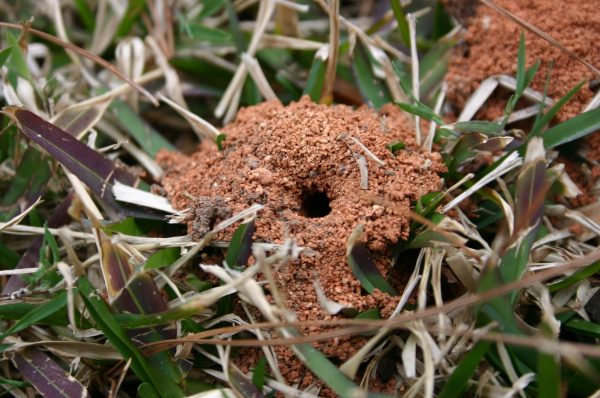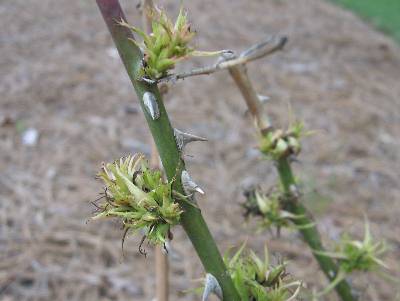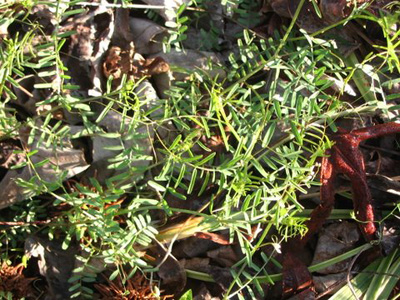Ant – Indoor Control
My friends Lisa and Laura are gourmet cooks. Their kitchens always contain the beginnings of (or the remains of) a feast for their families. No one who walks through ever lacks for a snack. It’s no wonder then that both of them are sometimes troubled by the six-legged snackers they occasionally find wandering across their counters.
Ants are a nuisance more than a threat to your family. But whether it’s a solitary searcher scouting for food or a line marching from a pound cake back to their nest, ants are not welcome in your kitchen. There are dozens of “Ant Sprays” on the market, but in my experience, they are rarely effective.
We all want a magic bullet that will eliminate a pest with one simple action. Ant control, however, like roach control, is more complicated than that. At best it is a two-step process: first eliminate access, then kill those that are able to go around your barriers.
ELIMINATE ACCESS This means limiting an ant’s access to food in your home as well as restricting their access to your house. Ants don’t hang out where there is no food. Be sure to wipe your counter after food preparation. Don’t leave out anything edible – particularly sweets and protein foods. This includes dog and cat food bowls. If you just can’t bear for Fluffy to go hungry for an instant, put her food bowl in a shallow tray filled with water. The water acts as a moat – and a moat is just as effective against ants as it was against King Arthur’s knights.
If ants can enter your home freely, so can summertime hot air. We generally only think about weatherstripping our doors and windows in winter. My friends at Southface Energy Institute say that it’s just as important to keep hot air out in summer as it is to keep it indoors in the winter. Check the weatherseal on your exterior doors, particularly the one near your kitchen, to keep wandering ants at bay. Caulk the interior and exterior trim around kitchen windows so they can’t sneak inside through cracks.
BAITS & POISONS Although some ant sprays are labeled for use indoors, they should only be used for cracks and crevices, never on countertops. If you find a line of ants marching from a forgotten Fig Newton to a crack in your floor moulding, squirt insecticide behind the trim, caulk it tight, then wipe up the ants with a sponge. Since ants leave a chemical trail wherever they go, perform a final wipe on their trail with a bleach-moistened sponge.
Several commercial ant baits are available. If you use them, place the bait near ant access points or near an active ant trail. The gel-type baits are particularly easy to use and are very effective. They can be squirted into cracks near doors and windows, outside or inside. The ants are attracted to the sweet gel and can take a stomachful of poison back to their mound.
You can try making your own ant bait by mixing a small amount of boric acid into food that foraging ants feed on. (Boric acid is sold as a disinfectant in pharmacies and as an insecticide in many cockroach powders such as Roach-Prufe.) Apple jelly (or honey) mixed with peanut butter is a good bait. Add approximately 1 teaspoon of boric acid per cup of the food bait. (Do not add more!) Place in an area visited by ants but not readily accessible to children. You can make a small feeding station by putting some bait in a plastic 35 mm. film canister having a small hole bored into its lid. If successful, the bait kills the ants in 10 days to two weeks.
MORE INFORMATION:




